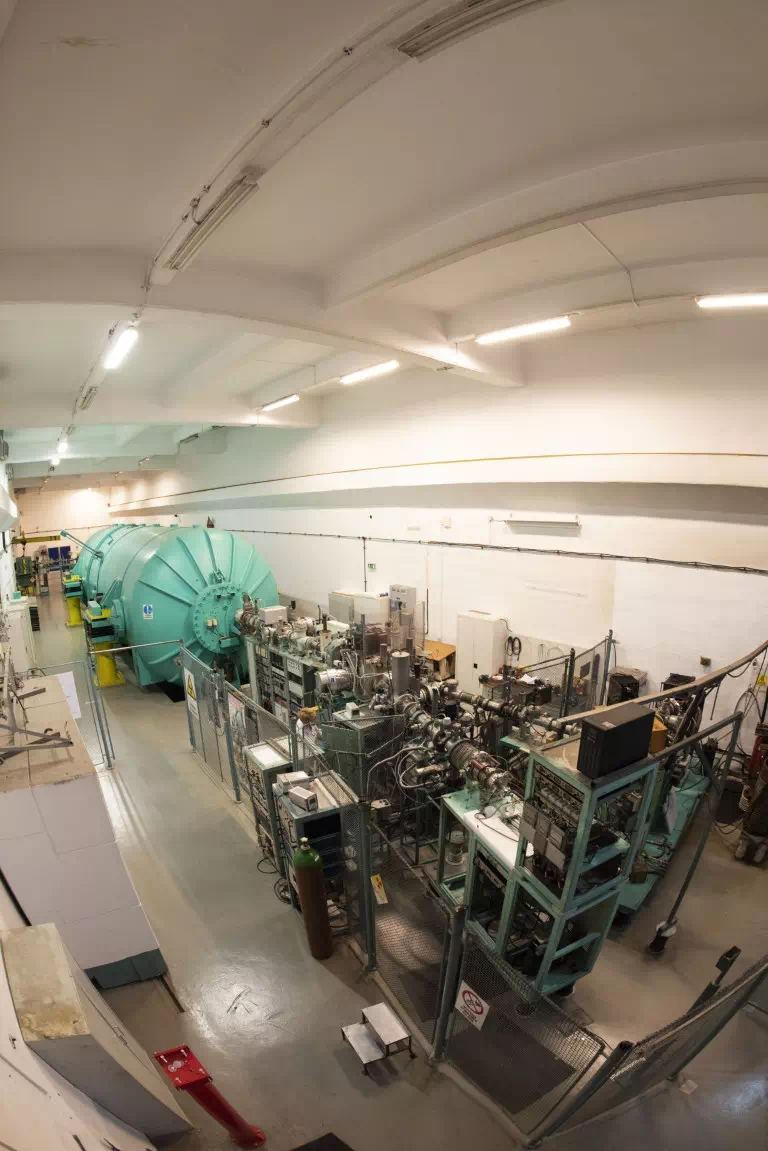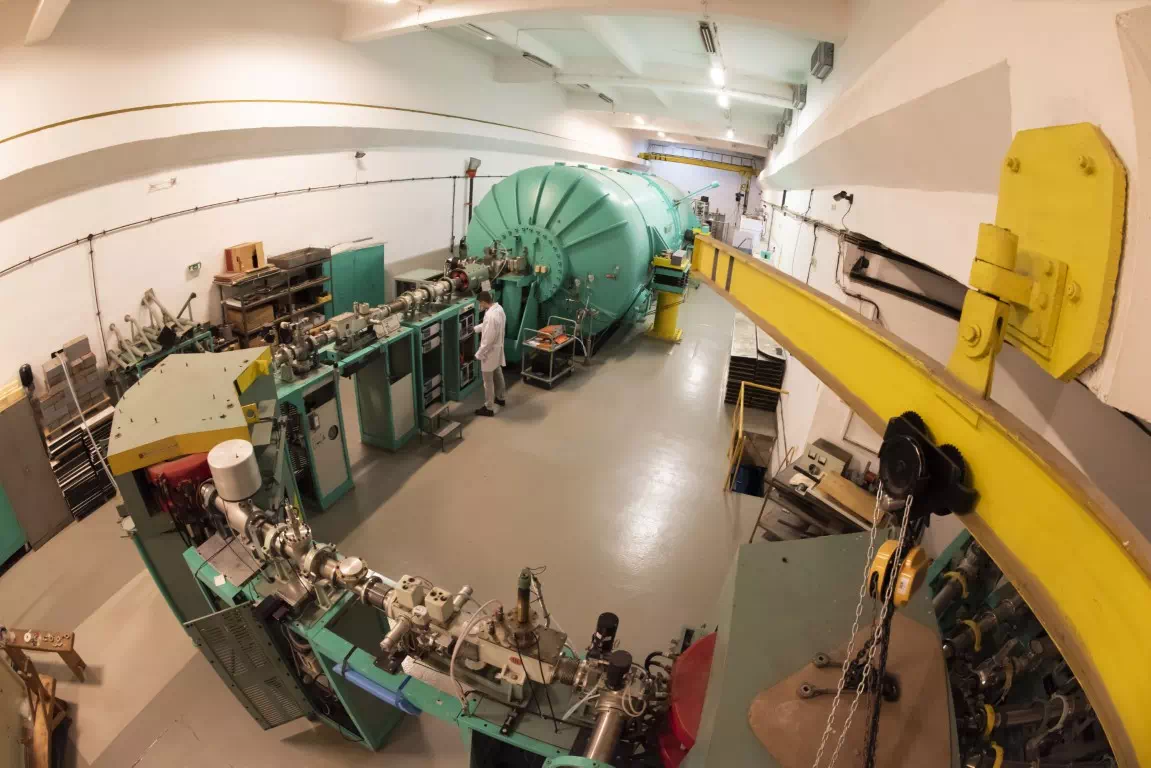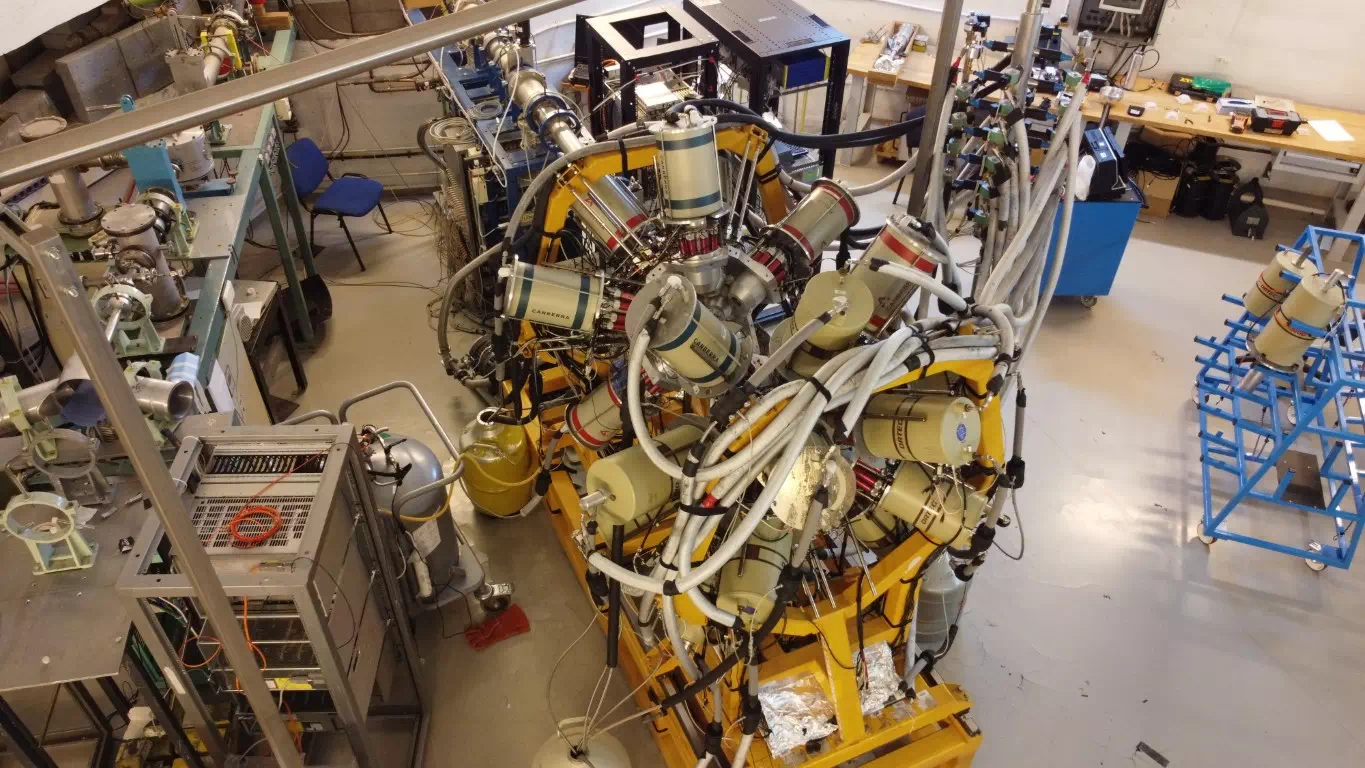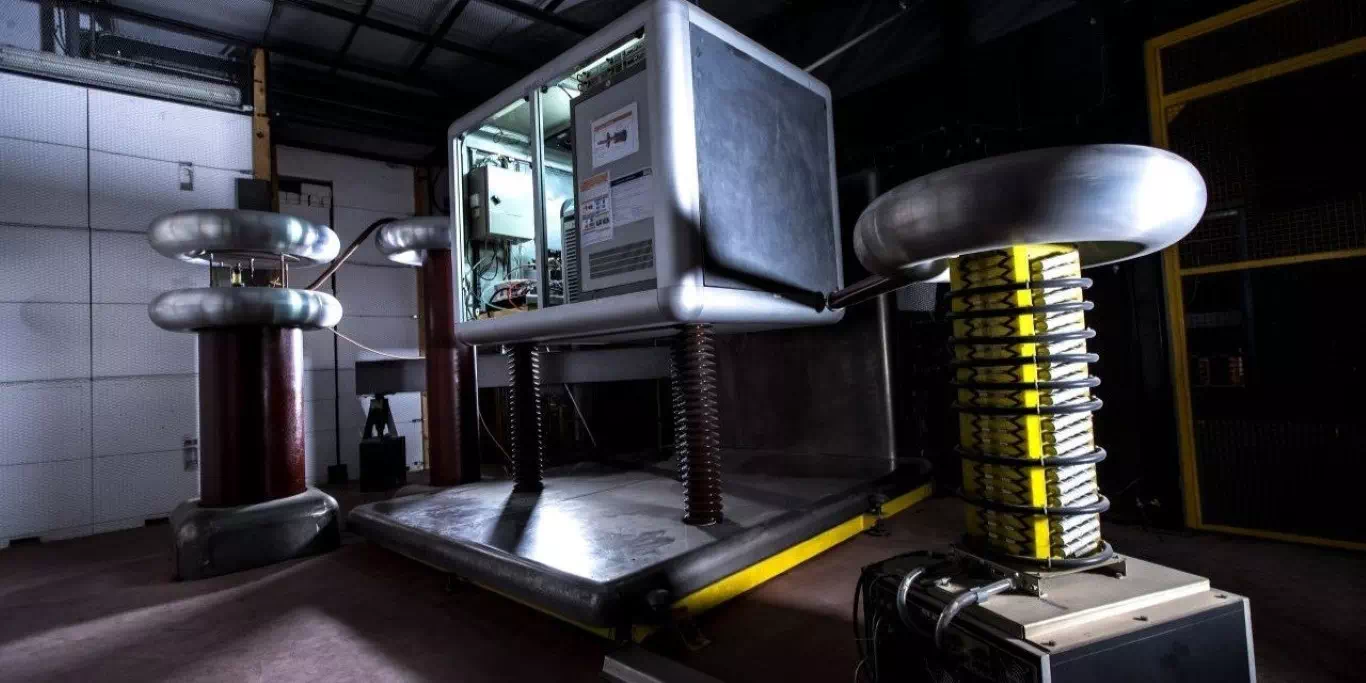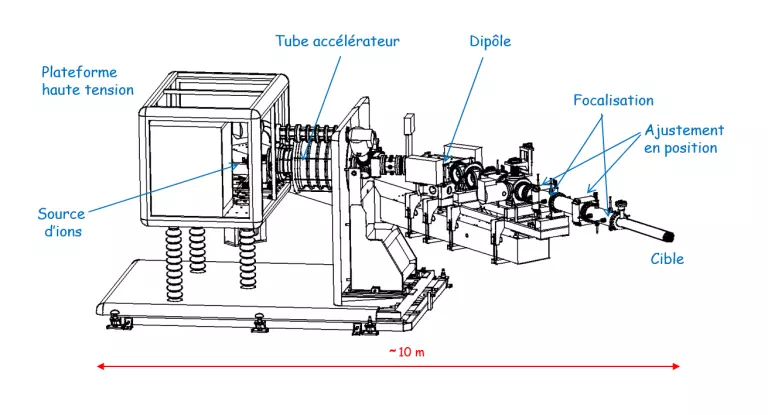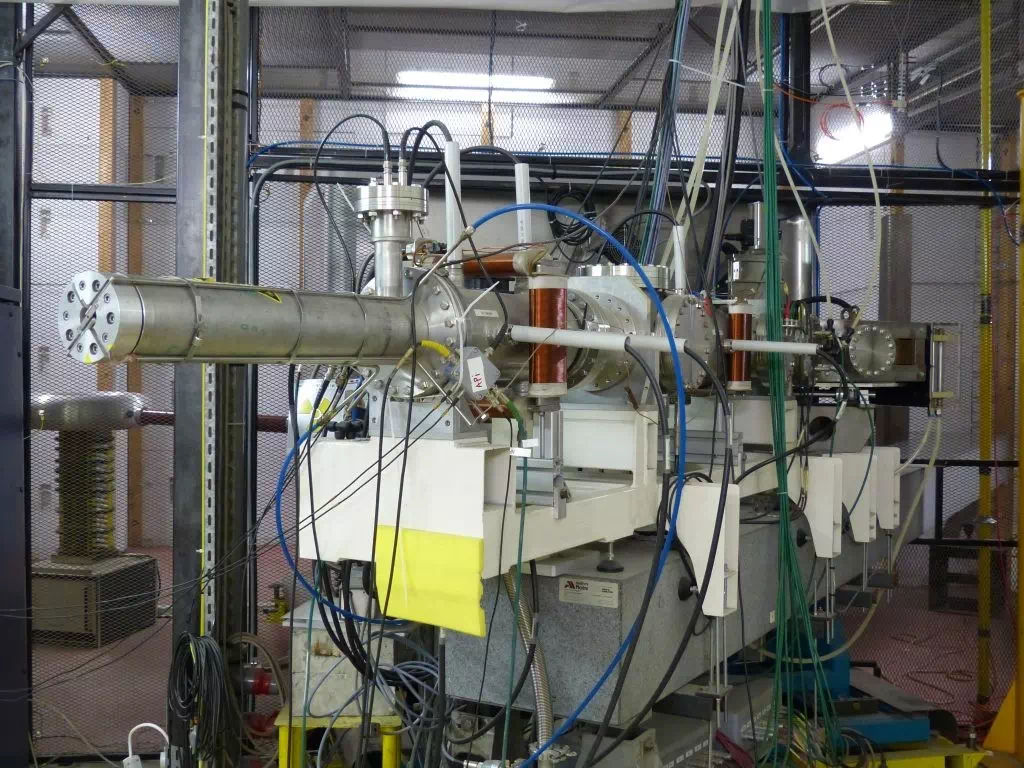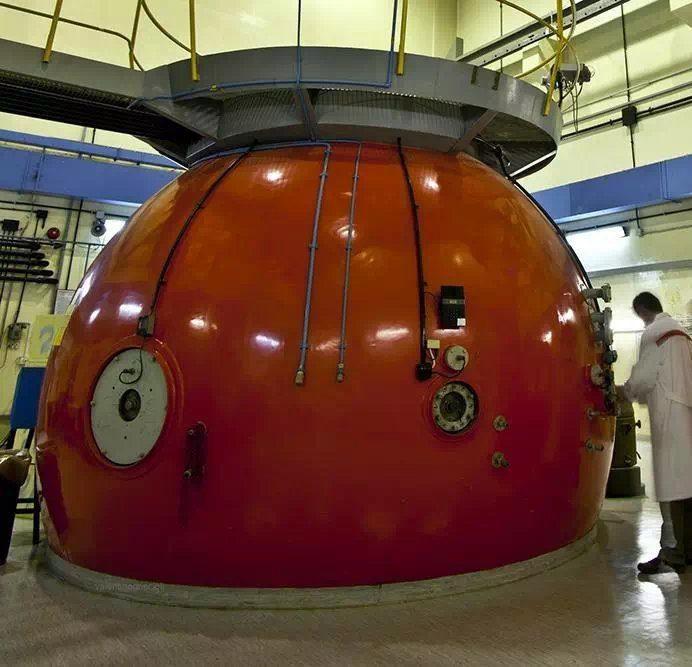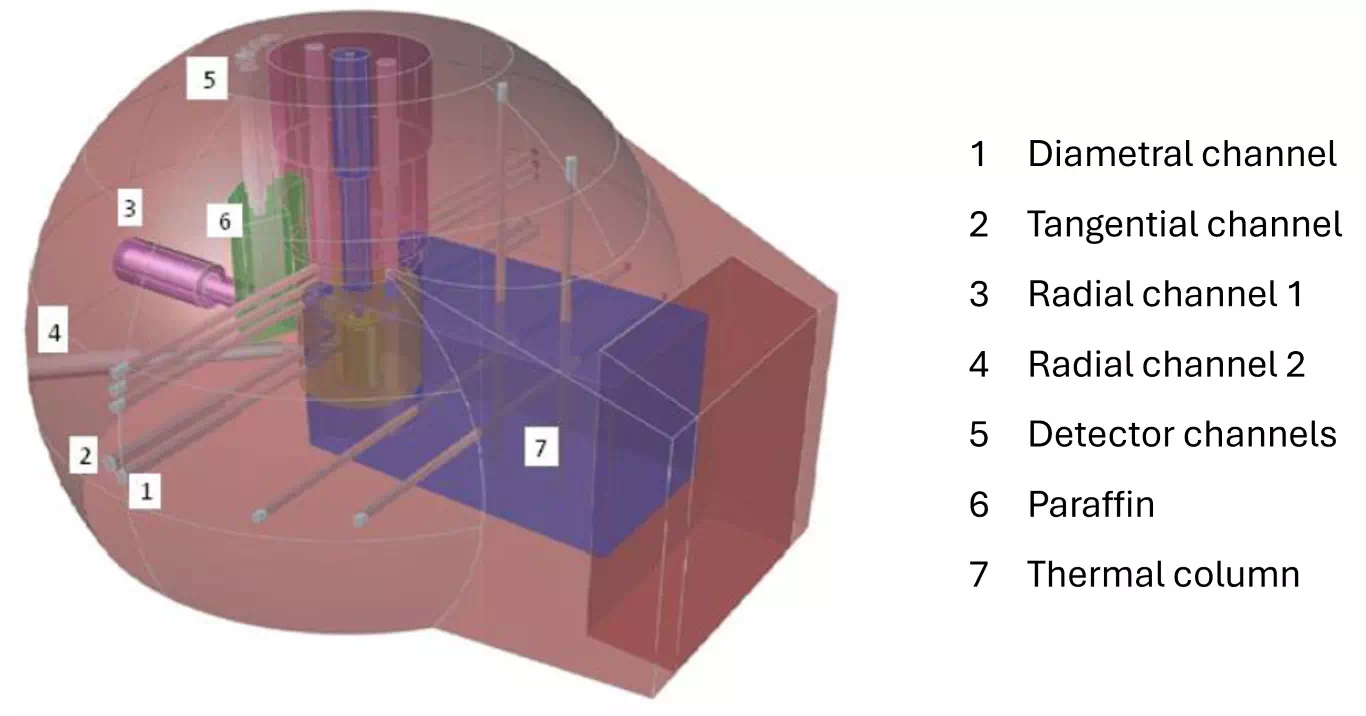Equipements
9 MV Tandem Accelerator, Romania
Facility Description
The 9 MV FN Pelletron Tandem Accelerator, operated by the Horia Hulubei National Institute for R&D in Physics and Nuclear Engineering (IFIN-HH) in Magurele, Romania, is a versatile high-voltage particle accelerator used for advanced nuclear and interdisciplinary research. The accelerator uses the tandem principle: it begins by generating negative ions using sputtering or duoplasmatron ion sources. These ions are accelerated toward a high-voltage terminal charged at +9 MV. Inside the terminal, a thin carbon foil removes electrons from the ions, converting them into positive ions, which are then accelerated away from the terminal. This two-stage acceleration process enables the delivery of high-energy, multi-charged ion beams with excellent energy stability and a resolution as low as 1-2 keV. The beam can be directed on one of the 7 beam lines depending on the aim of the experiment.
Relevance to APRENDE and Nuclear Data Priorities
The IFIN-HH 9 MV Pelletron Tandem Accelerator – with its versatile ion beams and sophisticated detector arrays (ROSPHERE array of HPGe and LaBr3 detectors, beta-decay station, silicon telescopes, etc.) – provides essential experimental support for APRENDE's mission. It generates reaction and decay data (for structure, reactions, and astrophysics) essential for the development of nuclear data bases. By including IFIN-HH's accelerator into APRENDE's network, Europe boosts its nuclear data infrastructure integrating capabilities dedicated to structure and decay experiments but also developing alternative solutions to direct neutron cross section measurements.
Capabilities and Services
- The accelerator supports a wide variety of ion species, from hydrogen up to heavy elements like gold, providing beam currents in the microampere range.
- The beamline system operates under high vacuum conditions (~10⁻⁷ mbar) to ensure optimal transmission and minimal scattering losses. The facility is equipped with seven dedicated experimental stations, each tailored for specific types of measurements and analysis.
- Advanced experimental setups for nuclear structure studies, gamma spectroscopy, beta decay, reaction mechanism studies, nuclear astrophysics, …
- Open access via transnational calls and supported user programs under EU projects
Examples of Use
- High-precision proton-induced cross sections on reactor structural materials as a support to the neutron-induced reactions on the same nuclei and by this to the reactor design and development.
- Nuclear structure studies with an emphasis on lifetime measurements
ALTO, Orsay, France
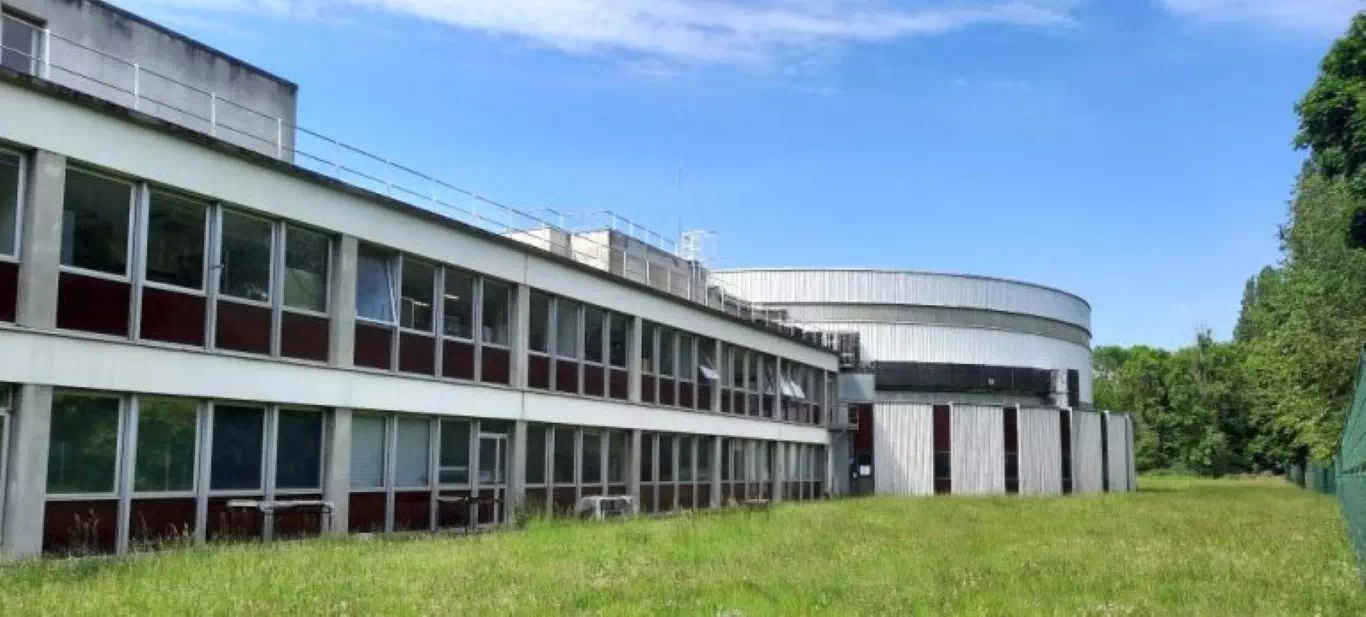
Facility Description
The ALTO facility of IJCLab consists of two accelerators that are unique in France: a 15 MV Tandem electrostatic accelerator for stable beams from proton to heavy ions, and neutron production, and an electron linear accelerator for the production of low energy radioactive beams by photofission.
Neutron production at the ALTO facility uses the LICORNE convertor to generate high-flux (https://alto.ijclab.in2p3.fr/installation/alto-heb/neutrons-licorne/ ), directional neutrons using primary 7Li beams from the Tandem accelerator. The intense, kinematically focused, quasi-monoenergetic secondary beams of neutrons have energies between 0.5 and 4 MeV. This natural directionality has some unique advantages and makes the LICORNE neutron source suitable for certain types of experiment which require a combination of both high flux and directionality.
Relevance to APRENDE and Nuclear Data Priorities
As an infrastructure in the APRENDE project, the ALTO facility has been addressing nuclear data needs and in particular prompt emission of neutrons and gamma rays in nuclear fission.
Capabilities and Services
- Diverse range of stable ion beams from protons to 127I
- Neutron production in inverse kinematics - energy range: 0.5 to 4 MeV
- Beam pulsation (bunching and chopping): < 2 ns pulse width, and 100 ns – 100 us pulse period
- High flux: up to 108 neutrons per second or 107 n/s/steradian
- • Advanced detection systems: The nu-Ball HPGe array. LaBr3 scintillators. NE213 liquid scintillators. Access to the PARIS array.
- Transnational access under EU projects. Around 250 international users
Examples of Use
- Prompt γ-ray emission studies in fast-neutron induced fission of 239Pu
- Measurement of prompt fission γ-ray emission from fast-neutron-induced fission of 235U and 238U
- Charge yield measurement of the 238U(n,f) reaction
- Prompt neutron emission spectra from fission of 238U
- Surrogate reaction experiments to determine competing fission, gamma emission probabilities
Faculty of Energy Technology, University of Maribor, Slovenia
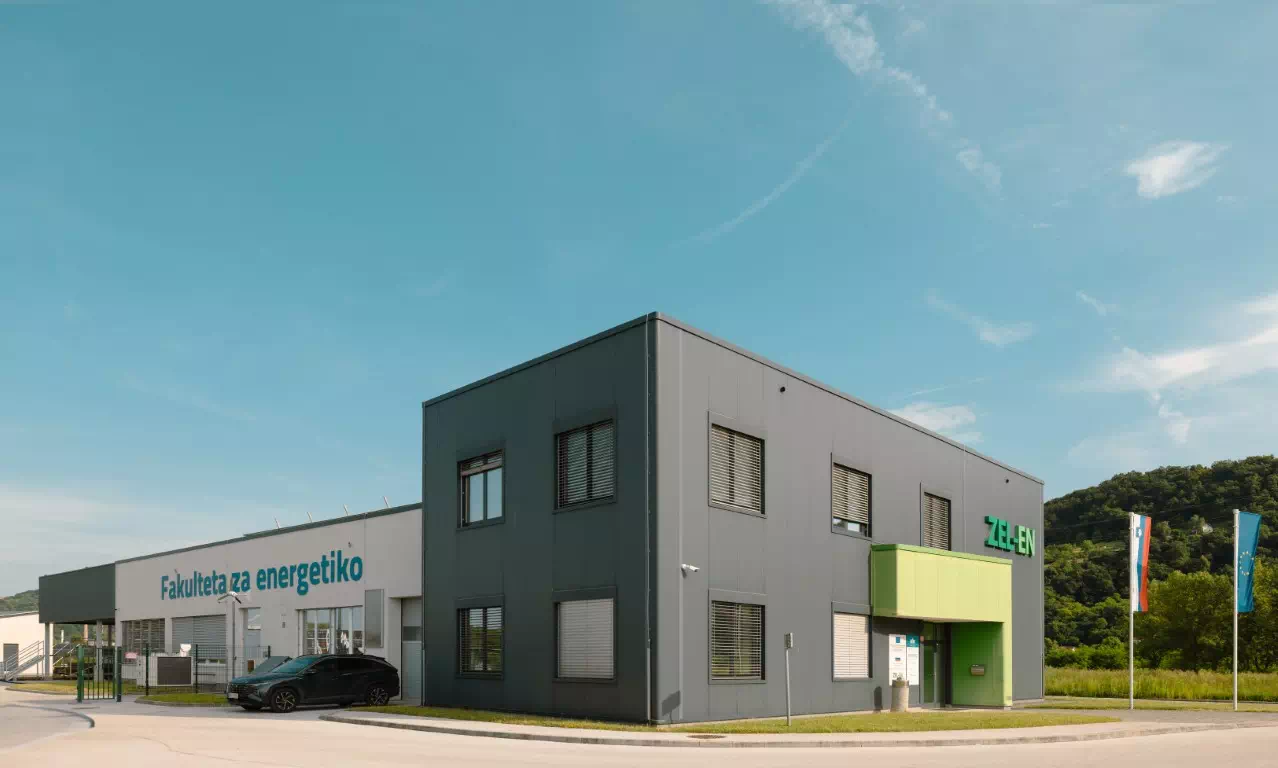
Facility Description
The Faculty of Energy Technology, University of Maribor, conducts research within the broad field of energy technology. The infrastructure and equipment required for research are housed within the Institute of Energy Technology complex, where interdisciplinary research is carried out with a strong emphasis on research excellence. Basic and applied research lead to the development of new expertise, products, processes and services, boosting the competitiveness of the economy.
Laboratories of the Institute of Energy Technology
- Laboratory for Energy Management and Engineering
- Laboratory for Alternative, Aero - and Hydro – Energetic Technologies
- Laboratory for Thermo-mechanics, Applied Thermal Energy Technologies and Nuclear Energetics Laboratory
- Laboratory for Virtual Engineering
- Laboratory for Energy Conversion
- Laboratory for Dynamic Systems
- Electric Machines and Drives Laboratory
- Applied Electrical Engineering Laboratory
- Laboratory of Ecology and Environmental Protection
Relevance to APRENDE and Nuclear Data Priorities
Faculty of Energy Technology will participate in the APRENDE activities linked to nuclear data sensitivity and uncertainty analysis. Home co-developed code system and processing schemes such as XSUN, SUSD3D, covariance matrix processing and analysis tools will be used to incorporate and verify nuclear transport data and covariance matrices. The tools will be applied to the analysis of critical and shielding benchmarks.
Capabilities and Services
Team had experience in developing and use of computer codes for ND sensitivity/uncertainty studies and evaluation and use of benchmark experiments, in particular SINBAD shielding database.
Examples of Use
Processing of JEFF-4.0 nuclear data evaluation and application to SINBAD shielding benchmarks. Uncertainties in Secondary Energy and Angular Distributions (SED/SAD) will be studied.
GANIL, France
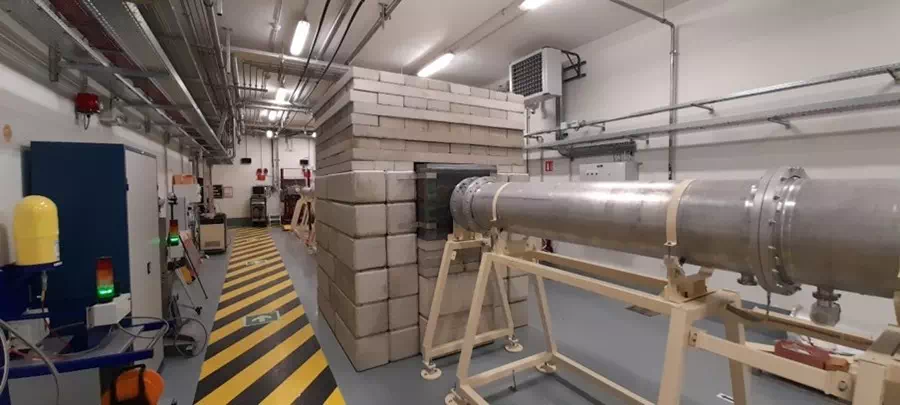
Facility Description
The "Neutrons for Science" (NFS) facility is a component of SPIRAL2. NFS is composed of a pulsed neutron beam for in-flight measurements and irradiation stations for cross-section measurements. Continuous and quasi-mono-kinetic energy spectra are available at NFS respectively produced by the interaction of deuteron beam on thick a Be converter and by the 7Li(p,n) reaction on a thin converter. The flux at NFS will be up to 2 orders of magnitude higher than those of other existing time-of-flight facilities in the 1 MeV to 40 MeV range. NFS is a very powerful tool for fundamental research as well as data measurements for applications like the nuclear industry and space applications. Beam enhanced medicine or nuclear medicine. Tests and development of new detectors can also be carried out.
Relevance to APRENDE and Nuclear Data Priorities
As a key infrastructure in the APRENDE project, NFS addresses several high-priority needs in European evaluated nuclear data, including:
- High-accuracy neutron induced fission, (n,xn), (n,lcp) and transmission cross sections for isotopes relevant to reactor safety, waste transmutation, and nuclear medicine
- Measurement of mass and energy fragments distribution in fast neutron induced fission
- Measurement of excitation function in p, d and alpha induced reactions
Capabilities and Services
- Energy range: 1 to 40 MeV neutrons, 2 to 33 MeV protons and 2 to 20 MeV/A for deuteron and alpha beam
- Time resolution: < 1 ns, enabling precise neutron energy measurement
- Long time-of-flight area : choice of flight path depending on need, high flux or high energy resolution
- High neutron flux for in beam experiments (up to 108 n/cm2/s) ideal for small samples, low cross-section measurements and use of small efficiency detection set-ups
- High neutron flux for in beam experiments (up to 1011 n/cm2/s) ideal for cross-section measurements by activation technique or irradiation of chips
- Open access via transnational calls and supported user programs under EU projects
Examples of Use
- Light-Ion Production Studies with Medley at the NFS facility
- 235U Fission fragment study with FALSTAFF at NFS
- Study of the (n,xn) and (n,f) reaction for U238
- 238(n, 2nγ) and (n,3nγ) reaction cross sections measurements
- Deuteron activation of natMo - focus on short-lived products
GENESIS, France
Facility Description
The neutron source of the GENESIS platform is provided by the GENEPI-2 electrostatic accelerator. It can deliver 220 keV deuterons, analyzed by a magnet and guided onto a tritiated target. Subsequent T(d,n)4He reactions produce fast neutrons of 15.2 MeV respectively (at 0° for 220 keV incident neutrons). The deuteron source is a continuous source (ECR compact source) allowing the production of deuteron beams in the intensity range from 10 μA to 1 mA. GENESIS is one of the 7 IN2P3 official research platforms (https://platforms.in2p3.fr/platform/).
Relevance to APRENDE and Nuclear Data Priorities
This facility is a place where detectors or experimental set-ups can be tested with fast neutrons prior to data acquisition on dedicated facilities with limited access times.
Capabilities and Services
- 14 MeV neutrons
- The present maximum accessible neutron (d,T) flux is 5×107 n·cm-2·s-1
Examples of Use
Test of the SCALP detection system (CNRS/LPSC Caen) for O(n,alpha) cross section measurement with a scintillation ionization chamber.
TAPIRO, Italy
Facility Description
The TAPIRO research reactor at ENEA is a source of fast neutrons, with a very well characterized neutron spectrum which, at the center of the core, reproduces the fission spectrum. This neutron spectrum is obtained by using a fast, bare, homogeneous reactor core, built made in copper, and ultimately enclosed in a biological shield. By the multiple irradiation channels approaching the core at different positions in the core and reflector, it is possible to achieve extremely variable neutron spectra.
TAPIRO Experimental Channels
- Diametral channel, horizontal, passing through the center of the core, with 10 mm exploitable diameter
- Tangential channel, horizontal, passing at the core edge, with 30 mm exploitable diameter
- Radial channel 1, horizontal, extending through the outer and inner reflectors, with 56 mm exploitable diameter
- Radial channel 2, horizontal, extending through the outer reflector, with 80 mm exploitable diameter
- Large horizontal channel, coaxial with the radial channel 1, extending through the biological shield, with 400 mm exploitable diameter
- Large vertical channel, extending through the outer reflector to about 100 mm distance from the core, with 800 mm exploitable diameter
- Thermal column, in the biological shield, with 110×116×160 cm³ exploitable volume
Relevance to APRENDE and Nuclear Data Priorities
The possible uses of TAPIRO include activities related to nuclear data refinement, such as:
- Integral adjustment of cross sections, also including the accurate measurement of the samples-induced reactivity worth
- Activation analysis, by accurate γ-spectroscopy
- Benchmarking and validation of evaluated data libraries (e.g., JEFF, ENDF/B, TENDL)
- Test, qualification and calibration of neutron detectors
Capabilities and Services
- Neutron flux: up to 4 . 10¹² n/cm² s
- Energy range: thermal to fission spectrum
- Manifold experimental positions
Examples of Use
- Measurement of selected minor actinides cross sections (AOSTA project)
- Fast-neutrons-induced damage on Avalanche Photo Diodes (APD) used in the LHC's ATLAS detector at CERN
- Tests and calibration of self-powered neutron detectors (SPND)
- Validation of MCNP for fast reactor analysis


